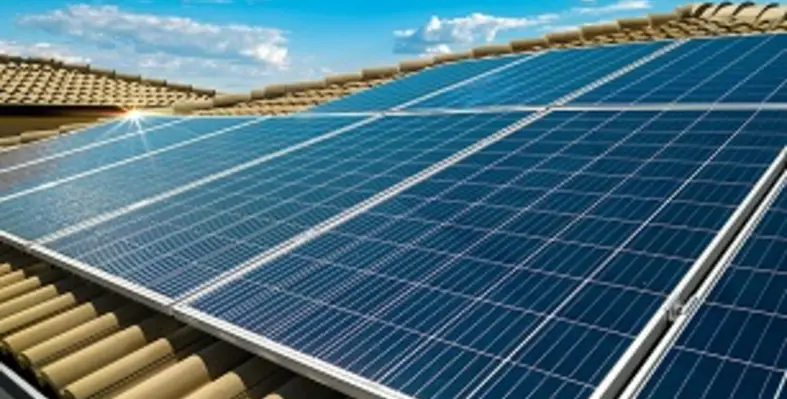SirajPower, one of the leading distributed solar energy providers in the UAE, has signed two deals with Al Khail Heights (by Texture Holding) and Green Coast Real Estate?s Mirdif Villa Complex
The partnership aims to allow the generation of five gigawatts hour of energy annually and displace more than 3,000 mt of carbon dioxide emission (CO2) per year, which is equivalent to 450mn smart phones being charged.
For SirajPower, this will be the second project in the residential sector this year. The completion of this project will make a fully-financed solar model a reality in Dubai and the Middle East.
Laurent Longuet, CEO of SirajPower, said, ?Today, the way we live has been disrupted because of COVID-19. It has raised further awareness about our lifestyle and the impact it has on our environment. Even before the outbreak, there was already a strong urgency to make sustainability a way of life in the UAE and the Middle East region. Our team, with its tireless efforts, level of expertise and experience; has become the first, and the only comprehensive distributed solar energy provider in the region, that can provide a commercial solar leasing solution for the residential market.?
?We have been championing the commercial and industrial sectors and our expansion in the residential sector is a ground breaking move. It showcases our commitment to increasing the number of solar projects in the UAE, and achieving sustainable development goals alongside. We are confident that we can continue to tap into different sectors and change the way the region is powered,? he added.
Zubair Patni, director at Al Khail Heights, remarked, ?In Dubai, the Green Economy for Sustainable Development initiative aims to achieve a 30 per cent reduction in energy and water usage across the built environment by 2030. This will result in tangible benefits in terms of savings.?
According to IRENA, renewable energy could power an economic recovery from the financial setbacks caused by COVID-19. It can spur a global GDP profit of US$100tn, between 2020 and 2050. An investment in renewable energy will not just generate significant economic benefits but also help address the global climate emergency.





